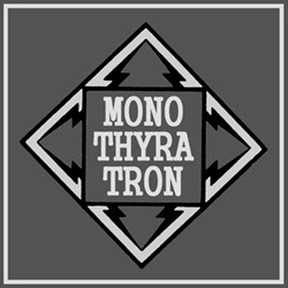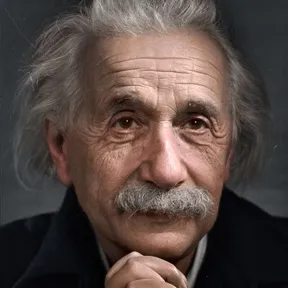Homer Dudley | The Voder | Bell Labs (1939)
The Voder by Homer Dudley (Bell Telephone Laboratories, Murray Hill, New Jersey) was the first device that could generate continuous human speech electronically. The flowing composition of the many speech sounds had to be done manually in realtime on a sp
In 1939, Alden P. Armagnac wrote in "Popular Science" about this speaking device: "He hasn't any mouth, lungs, or larynx—but he talks a blue streak. His name is Pedro the Voder, and you may see him in action at the New York and San Francisco world's fairs. His creation from vacuum tubes and electrical circuits, by Bell Telephone Laboratories engineers, crowns centuries of effort to duplicate the human voice.
To manufacture Pedro's conversation, his operator employs a keyboard like that of an old-fashioned parlor organ. Thirteen black and white keys, fingered one or more at a time, produce all the vowels and consonants of speech. Another key regulates the loudness of the synthetic voice, which comes from a loudspeaker. A foot pedal varies the inflection meanwhile, so that the same sentence may state a fact or ask a question. About a year's practice enables an operator to make Pedro talk glibly."
And the "Time" wrote on January 16th, 1939: "The Bell Telephone demonstrators took pains to make it clear that Voder does not reproduce speech, like a telephone receiver or loudspeaker. It originates speech at the touch of an operator, synthesizing sounds to form words. The men who built it were able to do so because in their telephone researches they had made a close study of how speech sounds are made by the human larynx, mouth, breath, tongue, teeth and lips. With electrical filters, attenuators, frequency changers, etc. they found that they could produce 23 basic sounds; that intelligible speech could be synthesized from various combinations of these sounds, controlled by a skilled operator manipulating a keyboard and foot pedal.
The machine's possible sound combinations are so various that Voder can imitate the inflections, overtones and shading of human diction. By altering pitch it can change from a man's voice to a woman's or a child's. It can mimic animal sounds, locomotive whistles, the noise of an airplane engine. Since the fluent production of speech on a keyboard is not so simple as pounding a typewriter, Bell Telephone picked 24 of the cleverest telephone operators from 300 candidates, gave them about twelve months' intensive training as Voder operators. Like concert pianists, they have to keep in trim by practicing several hours a day. The most difficult speech component they must coax out of Voder, and the one that sounds least natural, is the letter l. When someone at last week's demonstration asked for the words 'Bell Telephone', they came out something like 'Behrw Tehwephone'."
The Voder was to some extent a by-product of the Vocoder, as S. Millman stated it: "In conceiving the vocoder, Dudley recognized the carrier nature of speech. He observed that the speech signal is formed by modulating (with the slowly changing vocal resonances) the spectral shape of the sound produced by vocal sources. The vocal sound sources may be periodic, as produced by vocal cord vibration, or aperiodic, as produced by turbulent airflow at a constriction.
The modulations in shape of the speech spectrum could, therefore, be measured in terms of the relative energy in contiguous filter bands, and the periodic (voiced) or aperiodic (unvoiced) sources could be characterized by a 'pitch' detector (a frequency meter). The signal could be reconstituted (synthesized) from these data by allowing to amplitude modulate the respective outputs of an identical filter bank which was excited by either a periodic pulse source or a noise source."
M. D. Fagen, S. Millman, Amos E. Joel, G. E. Schindler, A History of Engineering and Science in the Bell System: Communications sciences (1925-1980), Vol. 5, Bell Telephone Laboratories, inc, p. 101 f.






































